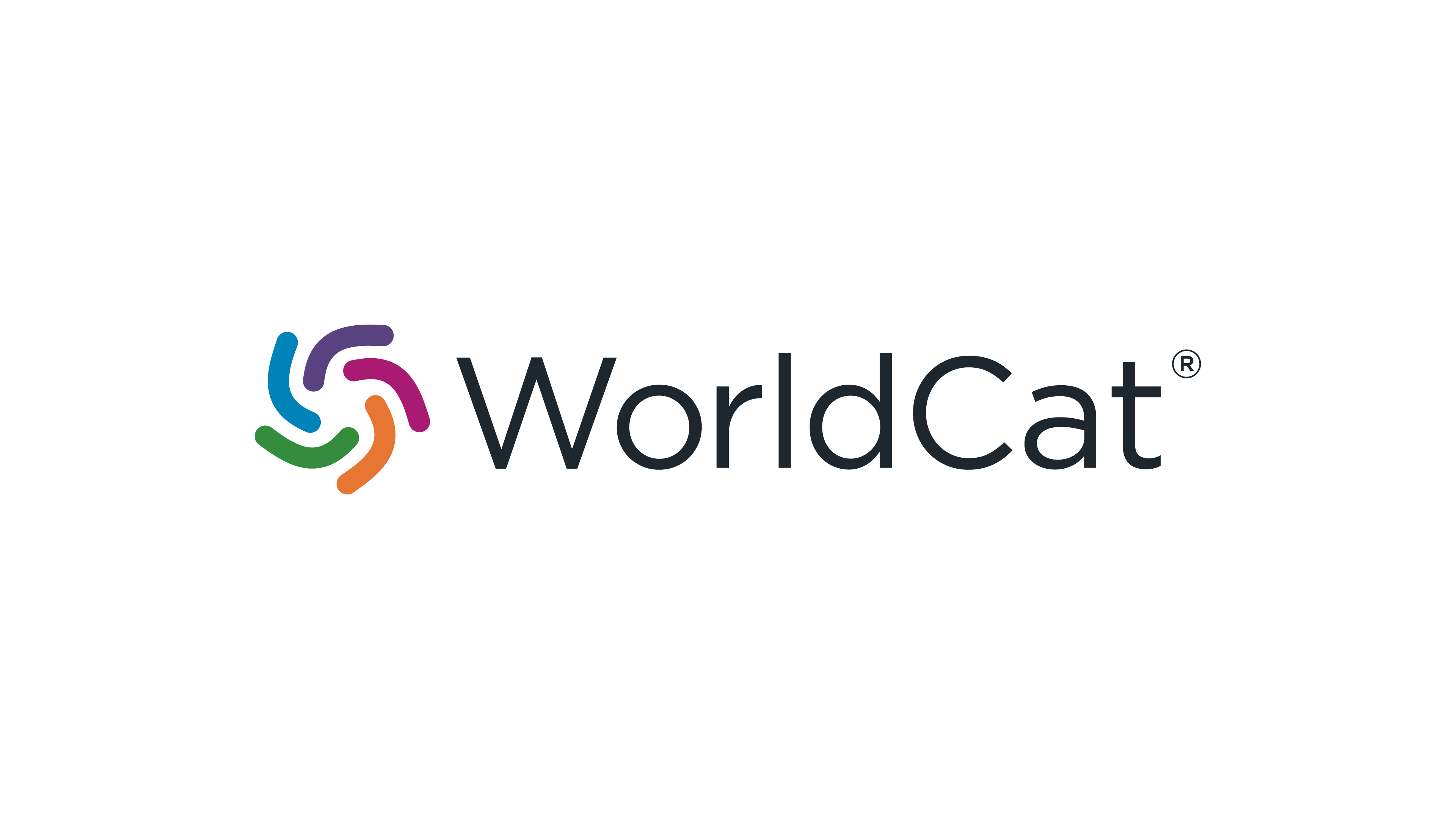IDENTIFICATION AND ANALYSIS OF CONSTRAINTS LINKED TO THE INTRODUCTION OF OILSEED CROPS IN ALGERIA. THE CASE OF RAPESEED IN THE WILAYA OF SKIKDA
Keywords:
Cropping system, Rapeseed cultivation, Crop management, Agricultural extension, Cultivation technique, Technical itineraryAbstract
The aim of this study is to examine the to introduce rapeseed as an oilseed crop in Algeria, using the Wilaya of Skikda, in north-eastern Algeria, as a geographical focus and identifying the constraints facing this crop as a priority objective. This work is spread over two consecutive agricultural seasons (2021 and 2022), during which we carried out field surveys with farmers and professional and technical support organisations, mainly responsible for guidance and extension. These surveys enabled us to build a database which we analysed and dissected to highlight the current situation of this project, its progress and the stages of its implementation with the participation of all the stakeholders concerned and involved. In this respect, 31 farmers were questioned using questionnaires drawn up for this purpose, targeting those in 2021 and those in 2022 so as to be able to monitor and evaluate this project of great economic importance for Algeria, which wants to reduce at all costs the imports of oilseeds that cost the state a lot of money.
Our findings revealed that this highly promising project contains a number of shortcomings and imperfections hampering its success and its implementation in time and space. These are technical and agronomic constraints, as well as institutional and administrative ones, which have meant that projects to introduce rapeseed cultivation in the Wilaya of Skikda are now under threat of abandonment by the farmers and investors who rushed to sign up to the project. Our investigations have shown that the project was carried out in haste, without a prior study being carried out and without the human and material resources being made available to the farmers to bring this project to a successful conclusion, which is now sinking into confusion.
Downloads
References
Averlande A. (2002). Le marché des huiles végétales continue d'être perturbé par la guerre en Ukraine. press article updated on 28 April 2022. https://www.usinenouvelle.com/article/le-marchedes-huiles-vegetales-continue-d-etre-perturbe-par-la-guerre-en-ukraine.N1997417
Audrey B-F, Benoît F-D, Bernard F, Marie J Neveu T, Rozière C, Claude T. (2016). Le crédit à l’agriculture, un outil-clé du développement agricole. Dans Techniques Financières et Développement 2016/3-4 (n° 124), pages 35 à 52.
Benassi J-l and Labonne M. (2004). Perspectives pour les oléagineux dans les pays du Maghreb :
Algérie, Maroc et Tunisie 2000-2015. CAL, 11 2 (2004) 92-96. Publié en ligne : 2004-03-15 DOOI : https://doi.org/10.1051/ocl.2004.0092
Bonnet JF, Lorne D. (2009). Eau et biocarburant. Impact sur l’eau du developpement des biocarburants en France a l’horizon 2030. Les cahiers du CLIP no 19. Septembre 2009.
Brangeon J.-L., Jégouzo G. et Roze B. (1999). Les revenus agricoles négatifs. Economie Rurale, 1999, n° 224, p. 32-38.
Bullock JM, Moy IL, Pywell RF, Coulson SJ, Nolan AM, et al. (2002) Plant dispersal and colonization processes at local and landscape scales. In: Bullock JM, Kenward RE, Hails RS, editors. Dispersal Ecology. Oxford: Blackwell Science Publishing. pp. 279- 302.
Burton NHK, Watts PN, Crick HQP, Edwards PJ.(1999).The effects of preharvesting operations on Reed Buntings Emberiza schoeniclus nesting in Oilseed Rape Brassica napus. Bird Study 1999 ; 46 : 369-372.
Chalmin P. (2007). Les marches mondiaux. Edition Cyclope. Paris. France. 662 p.
Charbonnier E, Fugeray-Scarbel A, Lemarié S. (2019). Colza : quelle valorisation pour des variétés plus efficientes en azote dans le contexte français ? OCL.
Baliteau S et al. (2012). La Formation Agricole Participative (FAP) Manuel pratique pour la mise en œuvre de la méthodologie. https://www.essor-ong.org/wpcontent/uploads/2020/04/2019_Manuel_Formation_Agricole_Participative.pdf.
Barthelemy D. (1985). Propriété foncière et agriculture d’entreprise 1985. Revue d'économie politique. Vol. 95, No. 4 (juillet-août 1985), pp. 484-501 (18 pages). Published By: Editions Dalloz.
CNIS. (2007). Summary of the work of the CNIS formations and working groups. National Council for Statistical Information . 2006 Activity Report - n°105 September 2007. Paris . France.
FAO. (2020). Rapport de la sixième réunion annuelle du Réseau d’experts du commerce agricole en Europe et en Asie centrale. https://www.fao.org/3/cb5609en/cb5609en.pdf.
Foufou A. (2022). La sécurité alimentaire nationale dépend de la modernisation et de la mécanisation de l’agriculture. Revue internationale des sciences et des ressources naturelles , 1 (1). https://doi.org/10.58205/ijsnr.v1i1.198.
Foufou A. (2015). The Development of Mountain Agriculture in the wilaya of Skikda (eastern Algeria) Facing New Legal Framework. "Program Evaluation in Action and Future Prospects". International Journal of Advanced Research (2015), Volume 3, Issue 5, 824-834.
Hasnaoui et al. (2021). La formation continue des agriculteurs et agricultrices. Éclairages sur les enjeux et nouvelles approches pour l’Afrique subsaharienne, reseau FAR-IRAM. https://www.reseau-far.com/wp content/uploads/2021/07/09072021_IRAM_FormationAgriculteurs_T1_BD.pdf.
ITGC (2022). Les bonnes pratiques agricoles, Bulletin des grandes cultures El-Harrach, Alger 3-7.
JORADP (2014). Journal official de la républiqu Algérienne démocratique et Populaire. N° 30 du 21 mai 2014. 28 p. https://www.joradp.dz/FTP/jo-francais/2014/F2014030.pdf.
Krebs S. (2005). Pluriactivité et mode de financement des exploitations agricoles. Économie rurale, 289-290 | 2005, 91-105.
MARD. (2022). Recueil des statistiques. Rapport d’activité du Ministère de l’Agriculture et du Dévelopement Rural. 96 p. Algérie.
MARD (2023). Recueil des statistiques. Rapport d’activité du Ministère de l’Agriculture et du Dévelopement Rural. 80 p. Algérie.
MATALLAH, M A (2021). Les Exportations agricoles et agroalimentaires en Algérie. http://dspace.ensa.dz:8080/xmlui/handle/123456789/2333?show=full.
Mc Donald, Ian. (2013). Étude des tendances dans les modes de tenure et de location des terres agricoles. Bulletin Grandes Cultures, s.l., 1er juin 2013. http://www.omafra.gov.on.ca/french/crops/field/ news/croptalk/2013/ct-0613a6.htm.
Nathan R, Muller-Landau HC (2000). Spatial patterns of seed dispersal, their determinants and consequences for recruitment. Trends in Ecology and Evolution 15: 278-285.
Ozinga WA, Bekker RM, Schaminee JHJ, Van Groenendael JM .(2004). Dispersal potential in plant communities depends on environmental conditions. Journal of Ecology 92: 767-777.
Pellet et Hebeisen et Accola et al. (2005). Colza d’automne: mélanges de variétés pour améliorer la stabilité du rendement. Revue Suisse Agric. 37 (3): 125-129, 2005.
Rotz S.(2016). Farmland Flexing and Land Grabbing: Connecting the Dots. Communication présentée au XIVe Congrès mondial de sociologie rurale. Université Ryerson, août 2016.
Sausse C, Penillard E, Barbottin A, Jiguet F. (2011). Evaluation de l’impact de la culture du colza sur la biodiversité aviaire en France : enjeux, méthodes, premiers résultats. OCL 2011 ; 18 : 145-52.
Schmitt G. (1989). Farms, Farm Households, and Productivity of Resource Use in Agriculture.
European Review of Agricultural Economics, 1989, vol. 16, p. 257-284.
Downloads
Published
How to Cite
Issue
Section
License

This work is licensed under a Creative Commons Attribution-NonCommercial-NoDerivatives 4.0 International License.
You are free to:
- Share — copy and redistribute the material in any medium or format for any purpose, even commercially.
- Adapt — remix, transform, and build upon the material for any purpose, even commercially.
- The licensor cannot revoke these freedoms as long as you follow the license terms.
Under the following terms:
- Attribution — You must give appropriate credit , provide a link to the license, and indicate if changes were made . You may do so in any reasonable manner, but not in any way that suggests the licensor endorses you or your use.
- No additional restrictions — You may not apply legal terms or technological measures that legally restrict others from doing anything the license permits.
Notices:
You do not have to comply with the license for elements of the material in the public domain or where your use is permitted by an applicable exception or limitation .
No warranties are given. The license may not give you all of the permissions necessary for your intended use. For example, other rights such as publicity, privacy, or moral rights may limit how you use the material.





